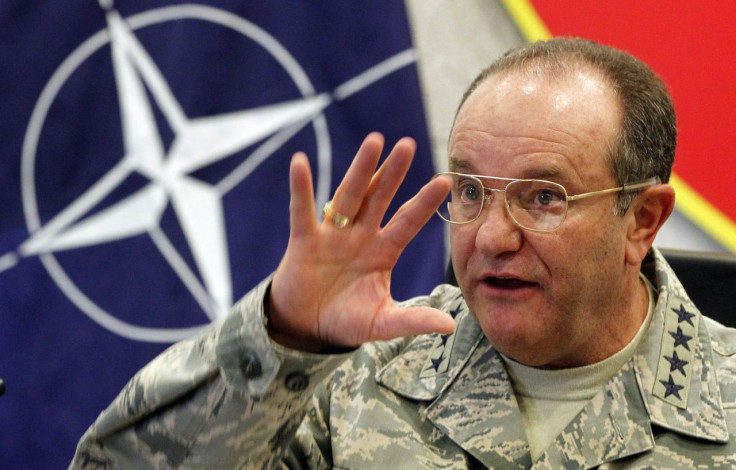NATO, US Experts See Russia Repositioning For New Ukraine Offensive

NATO said a two-month ceasefire in Ukraine had seemed to encourage Russia to fortify its forces in the war-torn country. U.S. experts also believed that instead of backing out, the ceasefire had been a useful instrument for Russia to beef up its forces and, review and revise its plans on Ukraine.
U.S. Air Force General Philip Breedlove, the NATO supreme allied commander, said they have seen Russian forces “preparing, training and equipping” for what could be a potential new offensive in eastern Ukraine. Testifying before the Senate Armed Services Committee in Washington, Breedlove said they saw the exchange of "heavy weapons, training and mentoring … artillery fire support and tactical- and operational-level air defence from Moscow to pro-Russian rebels in eastern Ukraine. Such preparations, he said, were consistent with the possibility of an offensive. “That is what we have seen through several of the previous pauses in eastern Ukraine.”
The Organization for Security and Co-operation in Europe, which monitors the ceasefire, said violence in eastern Ukraine has went down markedly since the February accord signed in Minsk, Belarus.
Andrew Weiss, Russia expert at the Carnegie Endowment for International Peace, echoed Breedlove’s observations. The current lull just doesn't look sustainable, he told the Associated Press. Worse, “it's only a matter of time before something triggers a new escalatory spiral."
Breedlove said he believed Russia targeted to bolster its command and control over separatist fighters "because there had been disunity in some of the earlier attacks."
On this, the NATO supreme allied commander said they are now reviewing proposals to increase the number of U.S. troops in Europe. “The forces in Europe over the past 20 years have been sized for a situation where we were looking at Russia as a partner,” he said. But Russia has demonstrated otherwise.
To report problems or to leave feedback about this article, email: e.misa@ibtimes.com.au.





















